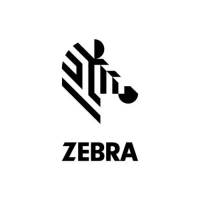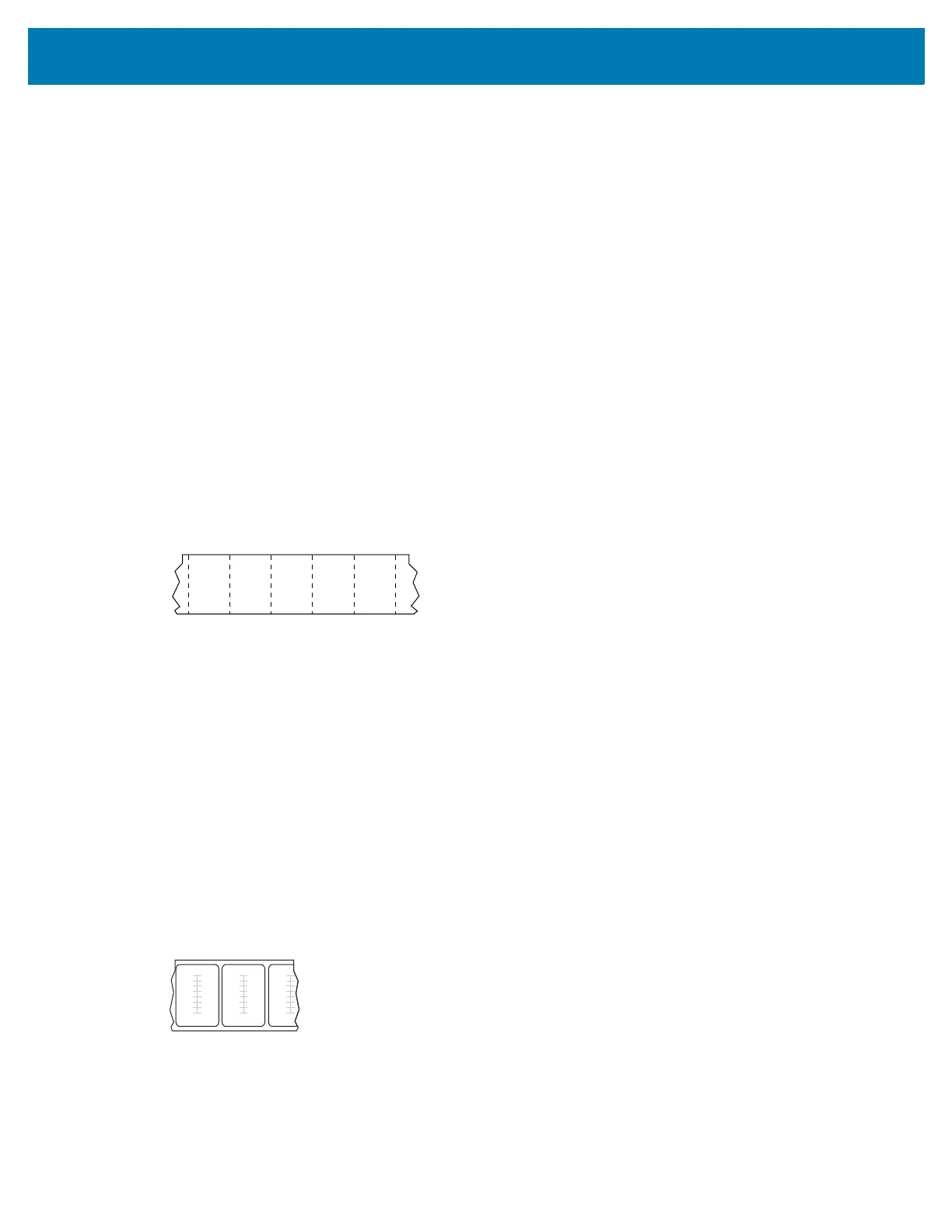274
mark media See black mark media.
media Material onto which data is printed by the printer. Types of media include: tag stock, die-cut labels,
continuous labels (with and without media liner), non-continuous media, fanfold media, and roll media.
media sensor This sensor is located behind the printhead to detect the presence of media and, for non-
continuous media, the position of the web, hole, or notch used to indicate the start of each label.
media supply hanger The stationary arm that supports the media roll.
non-continuous media Media that contains an indication of where one label/printed format ends and
the next one begins. Gap/notch media and black mark media are types of non-continuous media. Contrast
this with continuous media.
non-volatile memory Electronic memory that retains data even when the power to the printer is turned
off.
notched media A type of tag stock containing a cutout area that can be sensed as a start-of-label
indicator by the printer. This is typically a heavier, cardboard-like material that is either cut or torn away
from the next tag. See gap/notch media.
peel-off A mode of operation in which the printer peels a printed label away from the backing and allows
the user to remove it before another label is printed. Printing pauses until the label is removed.
perforated media Media with perforations that allow the labels or
tags to be separated from each other easily. The media may also
have black marks or other separations between labels or tags.
print type The print type specifies whether the type of media being used
requires ribbon to print. Thermal Transfer media requires ribbon while Direct Thermal media does not.
print speed The speed at which printing occurs. For thermal transfer printers, this speed is expressed in
terms of ips (inches per second).
printhead wear The degradation of the surface of the printhead and/or the print elements over time.
Heat and abrasion can cause printhead wear. Therefore, to maximize the life of the printhead, use the
lowest print darkness setting (sometimes called burn temperature or head temperature) and the lowest
printhead pressure necessary to produce good print quality. In the thermal transfer printing method, use
ribbon that is as wide or wider than the media to protect the printhead from the rough media surface.
receipt A receipt is a variable length printout. One example of a receipt is in retail stores, where each
purchased item occupies a separate line on the printout. Therefore, the more items purchased, the longer
the receipt.
registration Alignment of printing with respect to the top (vertical) or sides (horizontal) of a label or tag.
Radio frequency identification (RFID) “smart” media
Each RFID label has an RFID transponder (sometimes called an “inlay”), made of a
chip and an antenna, embedded between the label and the liner. The shape of the
transponder varies by manufacturer and is visible through the label. All “smart” labels
have memory that can be read, and many have memory that can be encoded.
RFID media can be used in a printer that is equipped with an RFID reader/encoder.
RFID labels are made from the same materials and adhesives as non-RFID labels.

